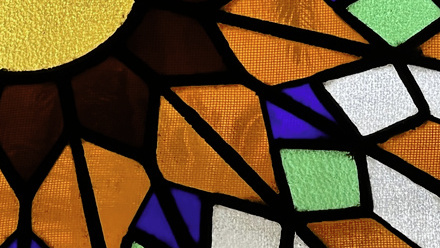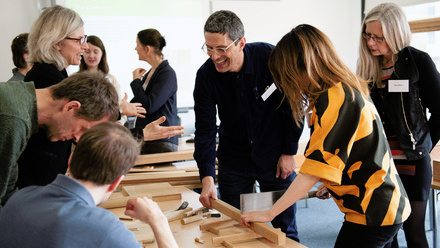This inspiring talk will be the last Zoom event of the Icon Textile Groups Autumn series. Our speaker, Emma Slocombe, will focus on needlework panels worked by Mary between 1569-1587. Mary produced a vast number of needlework panels using contemporary published illustrations as source material and thirty-seven mounted examples, which comprise what is known as the ‘Marian Hanging’.
These needlework panels are currently on display at the British Library as part of their major exhibition, ‘Elizabeth & Mary: Royal Cousins, Rival Queens’ which runs until 20th February 2022. The talk will continue with a brief behind-the-scenes presentation on the current exhibition by British Library’s Textile Conservator, Liz Rose.
Following Mary Queen of Scots’s dramatic flight from Scotland in July 1568, she found herself subsequently imprisoned in England until her execution in 1587. Throughout her eighteen-year incarceration she was a prolific embroiderer, a contemporary observing ‘that all the day she wrought with her needil’.
Trained in the essential female practice of needlework at the 16th century French royal court, Mary deployed a fashionable language of emblems and ciphers in the dress and furnishings she created to express her identities as a captive queen, mother and Catholic. Moreover, her collaboration with Elizabeth Talbot, Countess of Shrewsbury, engendered a sophisticated symbolic language in each woman’s needlework that conveyed their roles in society as elite women but also challenged a prevailing view of sewing at home as indicative of apolitical domesticity and feminine subservience.
Their work, along with larger embroidered hangings and carpets commissioned from professional embroiderers, decorated the apartments of the Shrewsburys’ newly refurbished home at Chatsworth, Derbyshire, before being moved to nearby Hardwick by the countess following the break-down of her marriage to the Earl. This paper explores Mary’s material legacy and use of visual symbolism to express her personal circumstance though surviving examples of her needlework and co-created embroidery in the collections of Hardwick Hall, Derbyshire and Oxburgh Hall, Norfolk.



